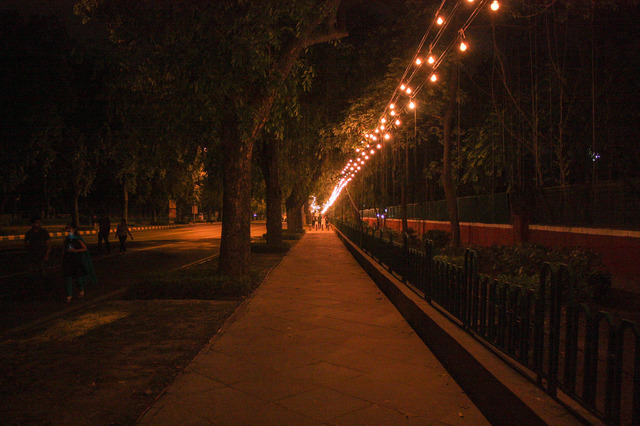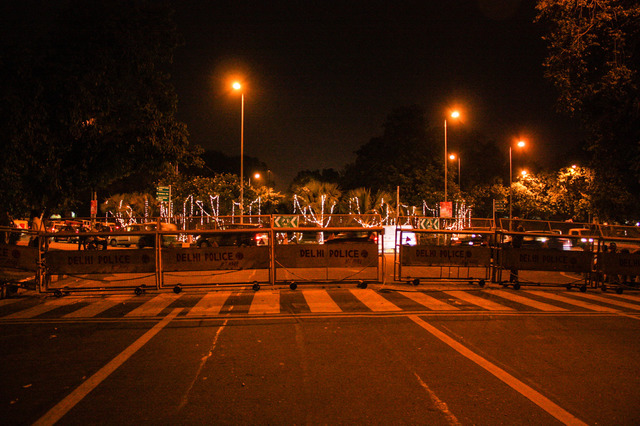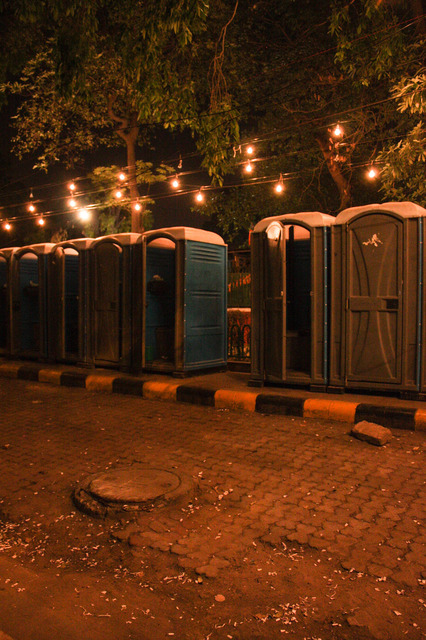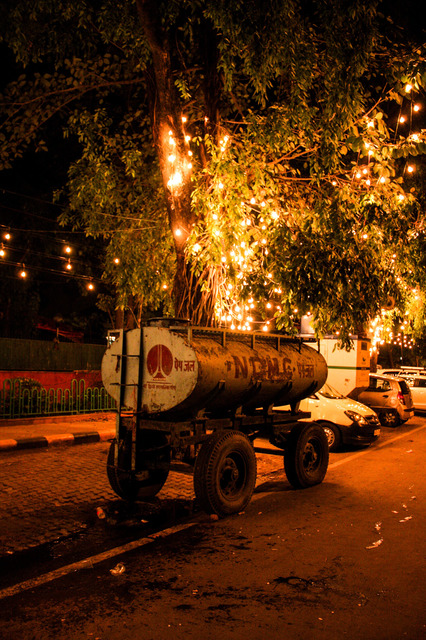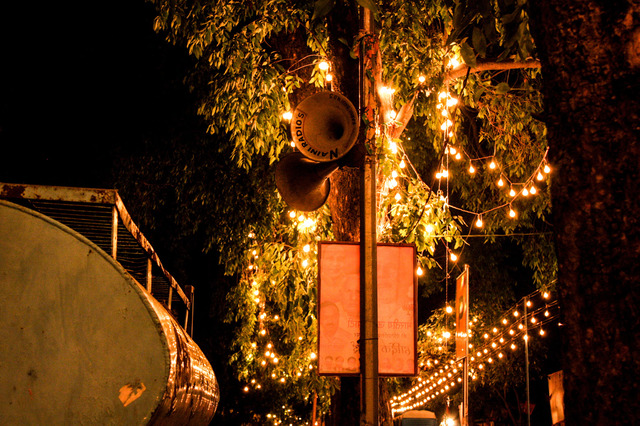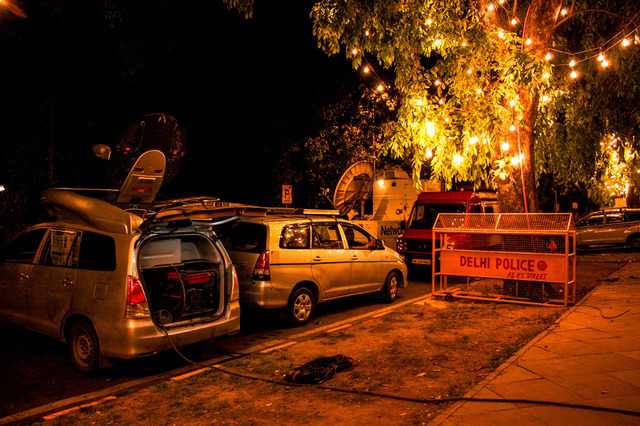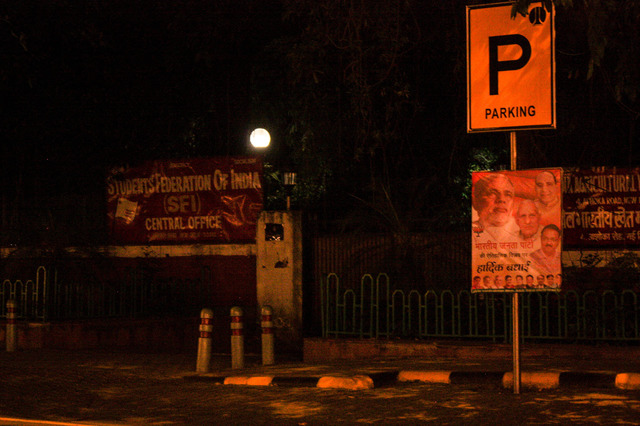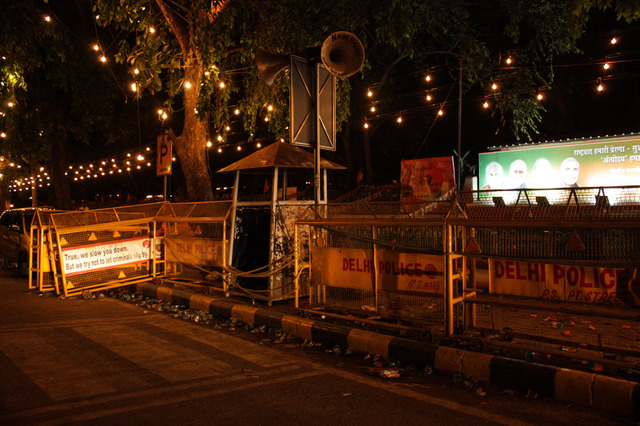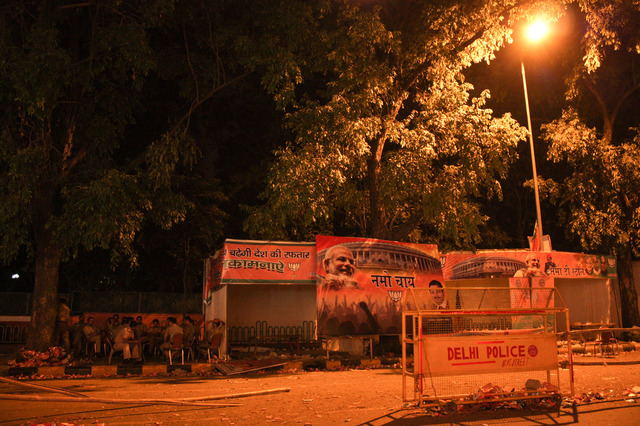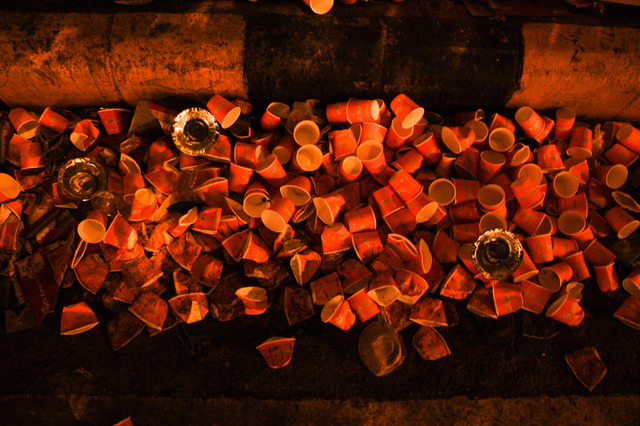Looking Away: An Exercise in Visual Resistance
Skip other details (including permanent urls, DOI, citation information)
: This work is licensed under a Creative Commons Attribution-NonCommercial-NoDerivatives 3.0 License. Please contact mpub-help@umich.edu to use this work in a way not covered by the license.
For more information, read Michigan Publishing's access and usage policy.
Guy Debord’s Society of the Spectacle (2004) offers many influential ways of thinking about still and moving images. By tying these images and their technologies to the “ruling order,” Debord shows how they reinforce, and derive from, economic and political structures.
His insights about how the spectacle and the ruling order work together center on the spectacle’s objective appearance and how that objectivity is used to reinforce certain narratives at the expense of others. The power of the spectacle is that it presents itself to us as fact, as “a vast inaccessible reality that can never be questioned. . . . The passive acceptance it demands is already effectively imposed by its monopoly of appearances, its manner of appearing without allowing any reply.” (9–10)
Mass media, the spectacle’s “most glaring superficial manifestation[s]” (13), also provide its most evident associations with the political and economic order and the privileging of dominant narratives. This project focuses on the media’s “monopoly of appearances” (Ibid) and the alienation and inability of consumers to “reply,” which, for Debord, is an inevitable and direct consequence of the way in which the spectacle is deployed. It takes an instance of the spectacle, and reflects on the possibilities of responding to it.
In 2014, the Bharatiya Janata Party (BJP) came to power with one of the biggest electoral mandates in postcolonial India. The election was also one of the most polarizing in recent history, largely due to the party’s leader, Narendra Modi, and the politics of the Hindu right wing, with which he is associated. Modi’s government in the state of Gujarat was widely believed to be responsible for mass killings of Muslims in 2002;[1] and his lifelong membership in a militant Hindu organization, along with his skill at neutralizing his opponents, left many worried about the possible dictatorial trajectory his leadership would take[2].
On May 16, when the results were announced[3], the BJP rallied its troops to celebrate a victory unprecedented in the party’s history.
On Ashoka Road in New Delhi, where the BJP is headquartered, the party’s supporters thronged the streets through the day, in saffron scarves and topis bearing the party’s lotus emblem, throwing handfuls of coloured powder and flower petals into the air; fireworks were set off; folk dancers were brought in to perform in front of the headquarters’ gates, while men in colourful jackets beat frenzied rhythms on their large drums; elephants with their cheeks and ears emblazoned with the party’s logo were paraded on the street[4]. All of this was reported by Indian and international media, which enthusiastically heralded a new dawn in Indian politics. The stock markets soared.
In contrast, the images in this project appear as meditations on the conditions that made the spectacle possible, beginning with the barricades put up by the Delhi Police, which sealed off a section of Delhi’s streets, marking the space and setting the stage for the spectacle to ensue. Picturing the mundane nature of the fairy lights, Portaloos, water tank, loud speakers and the jumble of wires trailing from a news van, they are all aimed at a simple deconstruction of these conditions, at stripping away the disconnected and abstract view of the spectacle. They are an attempt at revealing the magicians’ trick, in a sense, at bringing its ‘vast inaccessible reality’ back within our grasp.
The dissent, or reply, to the overpowering spectacle comes then in a rearrangement of the same scene that it aims so diligently to own, to monopolize, and to represent. The aesthetics of images of the news media,[5] with their imperative to report on events, place these events front and center in their visual compositions. The pictures here, which skirt the actual event staged by the BJP, give us a means of looking away from what the spectacle shows us, rather than being forced to look at it.
Debord describes the spectacle as “unilateral communication” that delivers its messages “at a court where no one else is allowed to speak” (12–13); its appearance of objectivity stifles any individual or community expression. His depiction of spectators who are “‘linked solely by their one-way relationship to the very center that keeps them isolated from each other” (16) conjures up an image of a kind of reverse panopticon, with the spectacle at the center surrounded by viewers.
Although power is exerted from the center to the perimeter, the lines of vision that keep the structure intact come from the spectators at the perimeter.
The images in this project seek to open up spaces outside of this “objective center,” among the spectators, to allow viewers to turn away from the center, even if momentarily . The all-encompassing appearance of the spectacle may be ruptured by inserting some of the many alternative narratives it seeks to suppress, by encasing them in the same technology that makes the spectacle possible. By using the same technological means—photography—to address the power of the spectacle, these images raise the possibility of opening up a discourse of images with those at the center.
Utsa Hazarika is a visual artist based in New Delhi. She has been an Artist in Residence at TIFA Working Studios in Pune, India and Khoj International Artists’ Association in New Delhi, and holds an MPhil in Social Anthropology from the University of Cambridge.
Notes
For those not familiar with Indian politics and city life, some pictures require an explanation. The SFI, or Students’ Federation of India, is a Marxist organization known for its opposition to the BJP (and other mainstream parties) and its support for secular politics. Its offices are across the street from the BJP’s headquarters.
TRUE, WE SLOW YOU DOWN, BUT WE TRY NOT TO LET CRIMINALS SLIP BY, seen on barricades, is an old and often used apology from the Delhi police for the inconvenience caused by the stop-and-search operations these barricades are used for.
“NaMo chai” was a successful publicity campaign run by Narendra Modi during the election. Tea stalls were set up around the country and people were invited to drink tea out of saffron-colored cups in a nod to the prime minister’s past, when he reputedly worked in a tea stall. NaMo comes from the first two letters of the candidate’s first and last names; chai means “tea” in several Indian languages. Saffron, the color of the cups and of much of the party’s campaign material, is the color of the Hindu right wing and is also associated with Hinduism more broadly.
Bibliography
- Amnesty International. “India: Justice, the Victim—Gujarat State Fails to Protect Women from Violence.” January 27, 2005. Index number: ASA 20/001/2005.
- Anand, Anu. The Guardian. http://www.theguardian.com/world/2014/may/16/india-election-2014-results-live/.
- “Celebrations Break Out as BJP Registers Historic Win,” in the Indian Express, May 16, 2014. http://indianexpress.com/photos/picture-gallery-others/celebrations-break-out-as-bjp-registers-historic-win/.
- Debord, Guy. Society of the Spectacle. London: Rebel Press, 2004.
- Human Rights Watch. “We Have No Orders to Save You”: State Participation and Complicity in Communal Violence in Gujarat. Vol. 14, no. 3(C), April 2002.
- Mehta, P. B. “Regarding Fascism.” In the Indian Express, April 11, 2014. http://indianexpress.com/article/opinion/columns/regarding-fascism/.
- Srivastava, S. “Fascism, in Other Words.” In the Indian Express, April 15, 2014. http://indianexpress.com/article/opinion/columns/fascism-in-other-words/.
- “This Is How to Celebrate Winning the World's Largest Election,” in the Huffington Post, May 16, 2014 (PHOTOS). http://www.huffingtonpost.com/2014/05/16/india-election-photos_n_5338124.html?ir=India&adsSiteOverride=in.
- Ziegfeld, A. “India’s Election Isn’t as Historic as People Think,” in the Washington Post, May 16, 2014. http://www.washingtonpost.com/blogs/monkey-cage/wp/2014/05/16/indias-election-isnt-as-historic-as-people-think/.
Notes:
See, for example, Amnesty International, 2005; Human Rights Watch, 2002. Opinion pieces and reporting on these events can be found in almost all Indian media, as well as in many prominent international newspapers.

For examples of the kind of conversations taking place before the election, see Mehta (2014) and Srivastava (2014).

Most media reports failed to acknowledge the fact that close to 70 percent of the Indian vote had not gone to the BJP (Ziegfeld 2014). This article intends to access some of the political concerns of this 70 percent as a starting point for an investigation into the possibilities of countering the ways in which the image is deployed to bolster certain types of authority and their narratives.

For images of the victory celebrations in Delhi and across the rest of India, see the Indian Express (2014) and the Huffington Post (2014).



